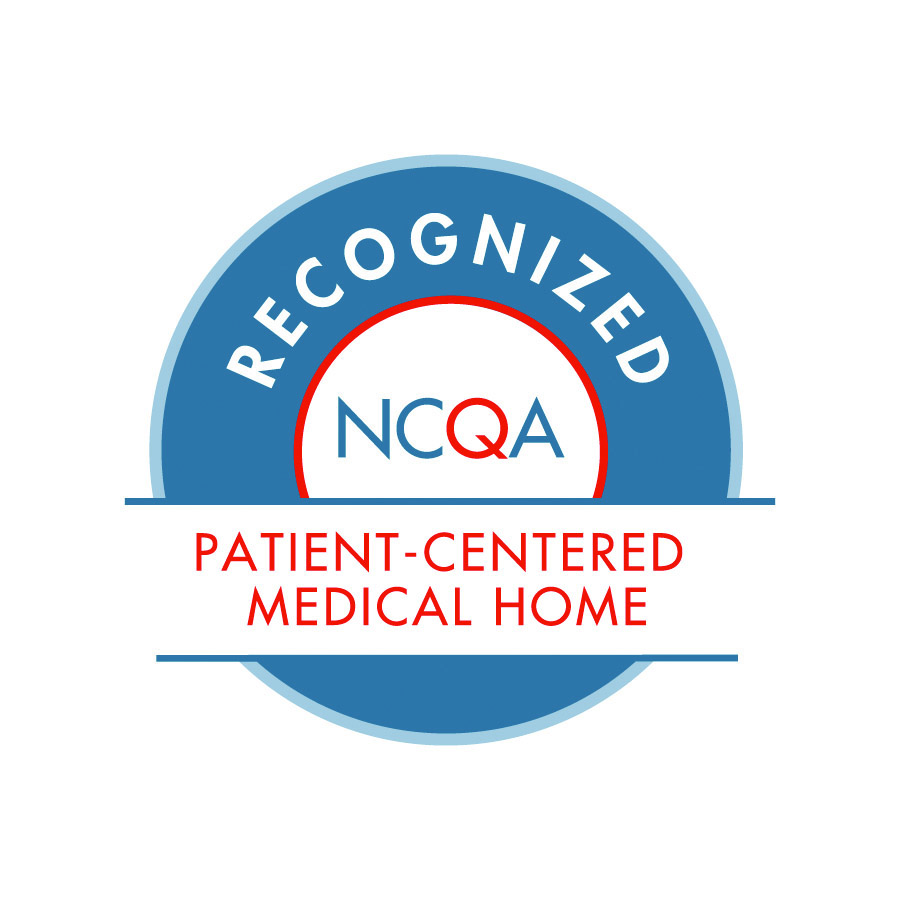G
Gastroenteritis, Viral
http://www.cdc.gov/ncidod/dvrd/revb/gastro/faq.htm
Gastroesophageal Reflux
What is gastroesophageal reflux?
What causes gastroesophageal reflux?
Who gets gastroesophageal reflux?
How does it cause disease?
What are the common findings?
How is gastroesophageal reflux diagnosed?
How is gastroesophageal reflux treated?
How can gastroesophageal reflux be prevented?
Links to other information?
Judith M. Sondheimer, M.D.
Professor of Pediatrics
University of Colorado Health Science Center
Chief of Pediatric Gastroenterology, Hepatology, and Nutrition
University of Colorado Health Science Center and the Children’s Hospital
Denver, Colorado
What is gastroesophageal reflux?
Gastroesophageal reflux (also called “chalasia,” GER, or GERD) is the effortless regurgitation of stomach contents back into the esophagus. It may be associated with vomiting and spitting up, especially in young infants.
What causes gastroesophageal reflux?
The cause of this condition is not completely understood. However, from studies in which the esophagus is monitored for the presence of gastric contents, everyone refluxes occasionally, especially in the hour after eating. It is thought that reflux of stomach contents occurs when the sphincter muscle at the lower end of the esophagus relaxes temporarily, removing the barrier that prevents gastric contents from flowing into the esophagus. These temporary relaxations occur more frequently after meals, allowing reflux to occur two to three times in the hour after eating.
In healthy individuals, reflux episodes do not occur during sleep. In patients with abnormal amounts of reflux, episodes not only occur after eating, but also during sleep, and they last longer. As a consequence of more frequent and longer episodes of reflux, the esophagus is exposed to the damaging effects of stomach acid for a longer proportion of the day. Secondary changes in the muscle function of the esophagus as a result of acid damage may allow for yet more reflux to occur. In a small number of reflux episodes, the precipitating event may be straining, sneezing, coughing, or other activities that increase the pressure on the stomach, forcing contents into the esophagus.
It is rare that the sole cause of acid reflux is an “immature sphincter” or a low-pressure sphincter. Even in the youngest infants, the lower esophageal sphincter is well developed and provides a barrier against reflux. Food allergy has been thought to cause reflux, both in infants and in older children, but it is probably a cause in only a minority of cases.
Who gets gastroesophageal reflux?
Everybody refluxes a little; therefore, data on incidence are not entirely clear because separating normal from abnormal is not always definite. Infants under six months seem particularly at risk for acid reflux. Some studies have estimated that as many as 40% of healthy, thriving babies who are under 6 months of age have abnormal amounts of acid reflux. The major symptom at this young age is recurrent spitting and vomiting.
By 12 to 16 months of age, there is a dramatic decrease in the number of infants with symptoms of GER. A recent pediatric office survey, however, indicates that up to 15% of healthy children and adolescents may still have symptoms of reflux, including heartburn and regurgitation. Infants and children with serious developmental and physical handicaps, who spend long periods of time in the supine position, appear to be at a high risk for GER.
Children who are unable to swallow normally also are at a higher risk for GER because they are unable to clear the esophagus as efficiently. Children with injury to the brain from infection, inherited metabolic disease, tumors and other causes are at higher risk for reflux.
How does it cause disease?
Most individuals with GER are healthy, and the symptoms are more of an annoyance than a true threat to health. However, the presence of acid material in the esophagus is associated with symptoms that may be more serious:
. An infant with GER may experience excessive spitting and vomiting to the point that he or she becomes dehydrated or fails to gain weight.
. Constant bathing of the esophagus with acid stomach juice may cause a breakdown of the lining of the esophagus (esophagitis). This may cause pain with further episodes of reflux. Bleeding from the damaged esophagus may occur and may cause anemia. After years of acid damage, the esophageal lining may become more at risk for malignancy. The pre-malignant changes in the esophagus are known as Barrett’s esophagus. This is an extremely rare occurrence in the pediatric age group.
. Patients who regurgitate are at an increased risk of aspirating stomach contents into the lungs. Aspiration of a large amount of stomach content may cause “aspiration pneumonia.” There is data to support the association of untreated GER with asthma. There is widespread concern that GER may cause unexplained breath spage (apnea) in infants or even SIDS sudden infant death syndrome). This data is very speculative; in particular, there has not been any reliable data linking SIDS to untreated GER.
. An occasional infant with “colic,” who spends many hours per day fretting and crying, may respond to acid blockers. This child may have GER.
What are the common findings?
The most common symptom of GER in young infants is effortless regurgitation. Other symptoms in young children include failure to thrive, food refusal, colicky crying, respiratory disease, and anemia. Young infants with GER also may have constipation. Adults and older children may complain of heartburn, but many pediatric patients just complain of a bellyache.
Stresses, such as intercurrent illness, vigorous laughing or crying, or strenuous physical activities that increase the pressure on the abdomen (e.g., swimming, weight lifting, or long-distance running), will increase the symptoms of GER. Emotional stress makes most chronic diseases less easy to tolerate. GER is no exception. However, emotional stress is not a recognized cause of GER.
How is gastroesophageal reflux diagnosed?
There are several tests to diagnose GER. In most cases, especially in healthy infants whose major symptom is frequent spitting, the diagnosis is based upon the typical nature of the symptoms. Sometimes, further testing may be necessary in patients:
. An x-ray of the esophagus and the stomach will indicate whether there is an obstruction of the esophagus, the stomach, or the intestines causing the symptoms. Seeing reflux of barium during an x-ray is fairly common, and it does not prove a diagnosis of GER.
. Monitoring the esophagus with a pH probe (an acid sensor) during a full day will indicate how frequently acid reflux events are occurring. There are reliable standards that define the normal amount of acid reflux. Furthermore, by keeping a diary during the study, it is possible to link the symptoms with the episodes of reflux. This test requires that a thin flexible wire, with the acid sensor at the tip, be passed down the esophagus via the nose. Some children, especially toddlers, do not tolerate this procedure well.
. Looking at the esophagus with a scope can help to evaluate the acid damage. It also can look into the possibility of an infection, an obstruction, or an allergy that may look like acid reflux.
How is gastroesophageal reflux treated?
In healthy infants, GER is not a major health hazard, and it tends to improve with time. Therefore, physicians try not to use too many diagnostic tests and complicated treatments. Often, some simple changes in feeding technique are helpful. Thickening the baby’s bottle with rice cereal (two to three teaspoons per ounce of formula) often helps reduce spitting. Some anti-reflux formulas already have a thickening agent added. Keeping the infant upright for as long as possible after feeding may help.
It is recommended that the infant sleep in the right lateral position, rather than flat on the back to assist in emptying the stomach. In older children, elevating the head of the bed, from four to eight inches by inserting bricks under the head posts, is helpful. Avoiding eating or drinking for two hours prior to bed is recommended for older children. Avoiding large meals, even in young infants, is helpful. Treating constipation, if it is present, often is associated with improvement. Older children should avoid caffeine, carbonated beverages, alcohol, and high fat meals.
In some patients with GER, medications of two types are used:
. Acid blockers are a mainstay of therapy for patients with significant pain. Infants may be safely treated with zantac and tagamet. Liquid antacids are helpful for immediate relief of heartburn and pain, but, sometimes, they are not acceptable in infants and children because of their taste. There is limited experience with the newer, more powerful acid blockers known as proton pump inhibitors. They appear to be safe in children at least for short term use. They are not available in liquid preparations as yet.
. Prokinetic agents improve gastric emptying, increase the strength of esophageal muscles , and increase the resting pressure of the lower esophageal sphincter muscle. These effects seem to help some patients with GER, especially patients with asthma. Studies of healthy infants with recurrent spitting have shown that the prokinetic agents are no better than a placebo in controlling symptoms. There are some rare, but serious, cardiac side effects of the most commonly prescribed prokinetic agent-Prepulsid.
These side effects are more likely to occur in patients receiving large doses; in very sick, hospitalized children; or in very premature infants. Risk of cardiac side effects is increased by the simultaneous use of other medications, including erythromycin and its related compounds.
Sometimes, medical therapy of GER is disappointing. There may only be partial control of the symptoms. There are no medications that permanently get rid of all symptoms. Many young infants get better spontaneously at about 12 to 14 months of age, often in association with learning how to walk. In children over 12 to 14 months who still have GER, the symptoms tend to recur when the medications are sped, just as they do in adults.
In a few cases, the complications of GER are severe, and surgical treatment is recommended. The surgical procedure performed in most cases is a “fundoplication.” In this procedure, the surgeon takes a tuck in the upper part of the stomach (the fundus) just below the junction of the stomach and the esophagus. This “plication” of the fundus effectively prevents the stomach contents from flowing backward into the esophagus.
How can gastroesophageal reflux be prevented?
It is not known how to prevent gastroesophageal reflux.
Links to other information?
The American Pseudo-obstruction and Hirschsprung’s Disease Society, Inc. (APHS), has up-to-date information about GER. The information is available in English and in Spanish.
Their address is: P.O. Box 772, Medford, MA 02155. Their fax number is: 617-396-6868. Their e-mail address is: aphs@mail.tiac.net. Their Web site is: http://www.tiac.net/users/aphs.
References
Nelson SP, Chen EH, Syniar GM, Christoffel KK. One-year follow-up of symptoms of gastroesophageal reflux during infancy. Pediatr 1998;102:E67.
Orenstein SR. Gastroesophageal reflux. Pediatri in Rev 1999;20:24.
Zeiter DK, Hyams JS. Gastroesophageal reflux: pathogenesis, diagnosis and treatment. All Asth Proc 1999;20:45.
About the Author
Dr. Sondheimer received her undergraduate degree at Swarthmore College. She completed her medical degree at Columbia College of Physicians and Surgeons, with a pediatric residency at the University of Colorado Health Science Center, followed by a pediatric gastroenterology fellowship at the Hospital for Sick Children in Toronto. For nine years, she served as Chief of Pediatric Gastroenterology at SUNY Syracuse.
Since 1985, she has been Professor of Pediatrics and Chief of Pediatric Gastroenterology, Hepatology and Nutrition at the University of Colorado Health Sciences Center and the Children’s Hospital of Denver. Her major clinical and research interest is in gastroesophageal reflux in infancy and its associated causes and therapy; and in problems of infants with short bowel syndrome.
Copyright 2012 Judith M. Sondheimer, M.D., All Rights Reserved




